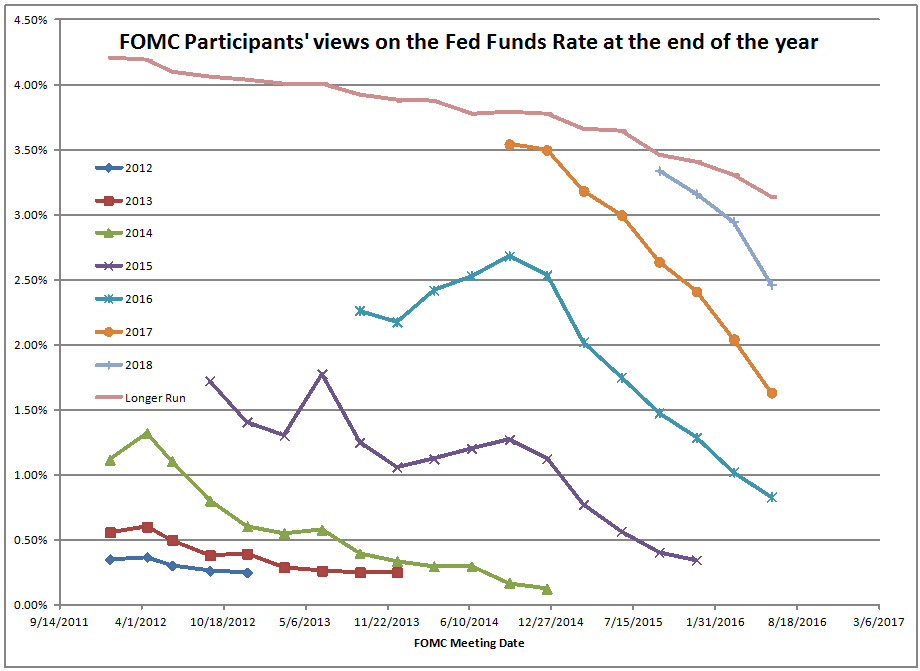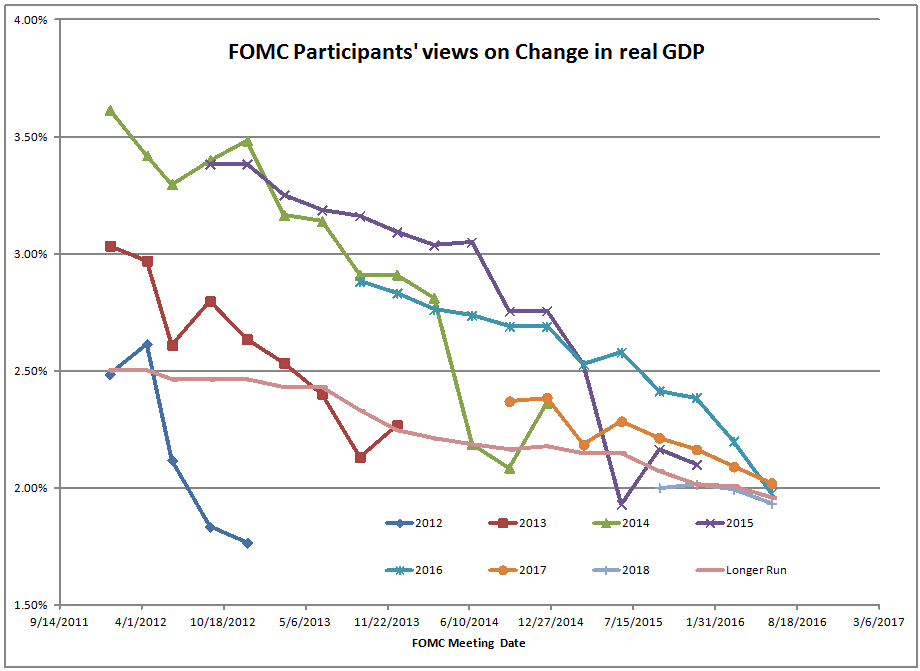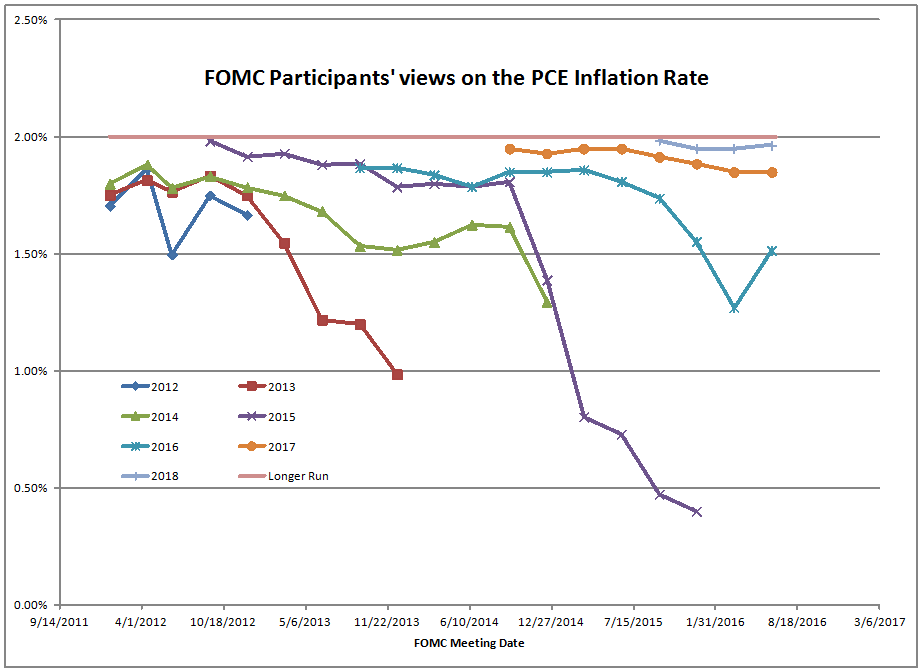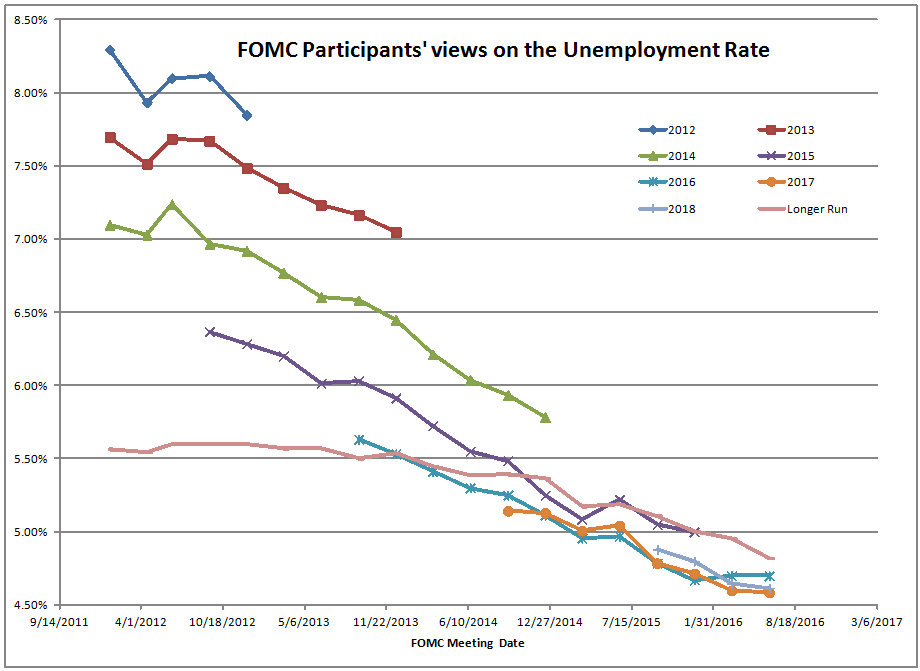Brexit Boogeyman Bellows “Boo!”
![Picture Credit: Peanuts Reloaded || Perhaps today Brexit; Monday an exit from Italy or Spain; [then] Europe dismantles](http://alephblog.com/http://alephblog.com/wp-content/uploads/2016/06/27818910396_39d46df053_o.jpg)
At a time like this, when the Brexit Boogeyman goes “Boo!” it’s time to take stock of the situation amid panic.
Though the UK will face some political unrest as the Prime Minister resigns, and article 50 is likely but not certainly invoked, the nature of political discourse hasn’t shifted in full. ?Though an important question, it is only one question, and more things will remain stable than change.
At least that is most likely. ?If you think of “real options” theory, you could say, “Okay, a door opened today that was previously locked. ?What new doors beyond that one could be opened?” ?Other countries could leave the EU and/or?Eurozone [EZ]. ?The EU/EZ could dissolve. ?The odds of other countries leaving isn’t that high. ?For the EU or EZ to dissolve would take a lot of doing, and the odds of that happening is very low, though higher than the odds yesterday.
As I said a week ago:
Governments are smaller than markets; markets are smaller than cultures.
What I am saying is that almost everything affecting the needs of people will get done when there is sufficient freedom. ?If Brexit occurs, the UK will negotiate some agreement that is mutually beneficial to the UK and the EU, and most things will go on as they do today. ?Even with a subpar agreement,?perfidious Albion is very effective at getting what they need completed. ?This is especially true of their very effective and creative financial sector in the City of London without which most effective international
secrecy, taxation avoidance and regulatory avoidancebusiness could not be done.
Whatever happens, it will happen slowly. ?Leaving a complex multinational group like the EU takes two years at least. ?How it all works out in detail is not predictable.
I can say that human systems tend toward stability. ?People act to preserve the things that they like. ?Only under severe conditions does that cease to be true, and even then typically only for short periods of time.
I can also say something a little more controversial. ?Wealth, assets, and money [WAM] act like they are alive and have more votes than people do under most conditions. ?Why am I saying this?
Governments come in, and go out, but for the most part, the same things get done. ?Those thinking that radical change will come are usually deeply disappointed. ?WAM tend to maintain the status quo, not because their owners bribe politicians and suborn regulators pay political action contributions, ?but because people want the streams of goods and services that help make WAM valuable. ?Only a genuine crisis at least as large as?the Great Depression or the Civil War can create truly radical change that reshapes the basic desires of most of the people in a nation.
Capitalist democracies that respect the rule of law (e.g., the government is also governed by?a higher law) are usually pretty stable; systems that don’t have significant capitalism or democracy may last a couple generations, but tend to fall apart.
All that said, there is significant economic pressure to do two things after the Brexit:
- Rethink the single currency and common laws
- Maintain a free-ish trade zone in goods and services
The Eurozone does not allow for the necessary economic adjustments across nations in a fiat?monetary system. ?Nations need their own currencies, central banks, etc. ?They also need to govern themselves via their local culture, not someplace far away with misguided idealists who think they know what’s best for all.
Free-ish trade maintains most of what is needed?for human needs. ?The European Union is a political construct meant to prevent war from ever recurring in Europe. ?The best way to do that is through trade. ?Severe wars rare start between nations that rely on each other and interact through commerce.
My view is that ten years from now, the goods and services that people want will get delivered, regardless of the governmental structures in Europe. ?I will invest accordingly.
Practical Implications
Things will be rocky in the short run, and there will be more bumps along the road as the Brexit negotiations go on. ?I will be resisting panic and euphoria in modest ways. ?This isn’t the sum total of my strategies, but I expect that profitable business will continue, and that people and nations will pursue generally intelligent long-term self-interest as events unfold.
When I say modest, I tweak my portfolios at the edges. ?Brexit does not comprise more than 5% of what I would do with assets. ?As with any investment idea, spread your bets, diversify, don’t bet the farm.
And, I would say the same even to governments — if you don’t have contingency plans for the possibility of the EU shrinking or even disappearing, you are not truly prepared for all contingencies. ?As Warren Buffett once said (something like) “We’re paid to think about the things that ‘can’t happen.'”
In closing, many thought that Brexit could not happen. ?Now, what else “can’t happen?” 😉










